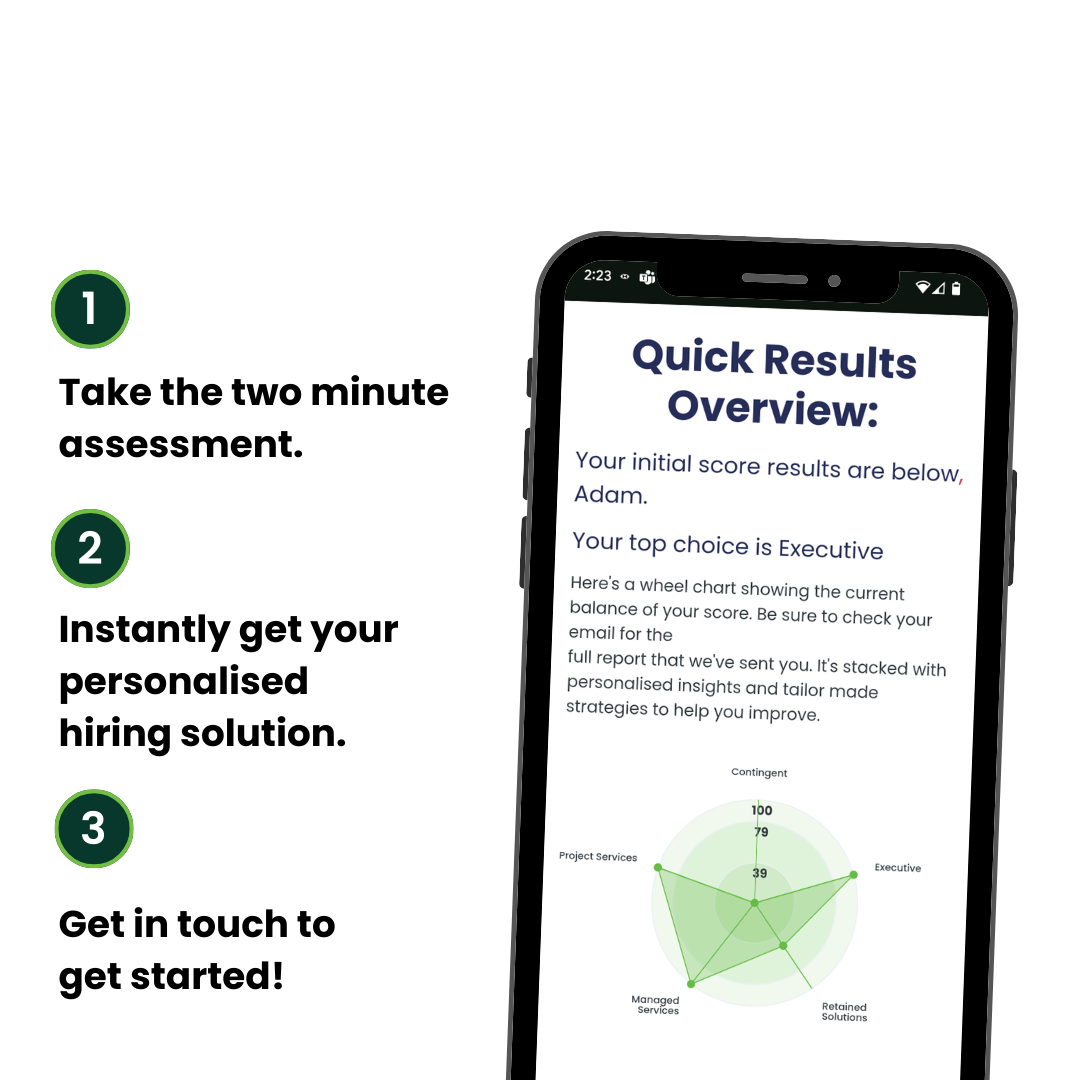What is IR35?
If you work in a business that employs contractors, you’re probably already well aware of IR35. It’s the legislation that HM Revenue & Customs (HMRC) put in place way back in 2000 to make sure contractors and businesses were paying the right amount of tax and national insurance.
The whole point of it was to stop contractors using an intermediary, like a limited company, to pay less tax; for example if a contractor was working a lot of hours for a single business, HMRC would argue that they should be employed directly by the client they were working for and treated as an employee.
For a contractor, it’s far more tax efficient to sit behind a limited company, and for the employer there’s no onus on them to provide contractors with any kind of employee benefits or pay employers’ national insurance contributions. So, it’s understandably favoured by many businesses and individuals.
IR35 was introduced to tackle what HMRC have termed these “disguised employees”, and if a contractor was found to be “inside” IR35 (believed to be more like an employee than an external contractor) they’d have to pay the same income tax and national insurance contributions as if they were employed. This means a significantly larger tax bill to the contractor at the end of the year.
That being said, there’s still a lot of confusion surrounding IR35, specifically how it works and who it applies to. With reforms introduced to the legislation in April 2017 for those working in the public sector, the Chancellor, Phillip Hammond, confirmed that these would be extended to the private sector in the Autumn Budget in 2018, though confirmation of how this will work and when it will happen had been delayed to 2020.
The changes to the off-payroll rules were due to come into effect on 6th April 2020. This was delayed until April 2021 because of the spread of the coronavirus (COVID-19) pandemic. The delay was to help businesses and individuals deal with the economic impact of COVID-19.
What difference does IR35 really make to your wallet?
With IR35 affecting how the money a contractor can take out of their Limited company is taxed, it can have a significant effect on an individuals’ take-home pay.
As many contractors will know, running work through your own Limited company has a number of benefits – enabling you to claim travel and subsistence expenses, and more importantly, taking money from the company as a combination of salary and dividends. All of which means you can legitimately reduce your tax liability.
If you’re found to be “inside” IR35, aside from an allowance of 5% of turn-over on private sector contracts, all payments are deemed as salary, and travel and subsistence expenses are not allowed.
Who qualifies for IR35?
Contractors who use intermediary services but would be employees if they were working with the client directly will be affected by IR35. There are currently different rules for public sector and private sector contracts:
- Private Sector: In the private sector, it’s down to the contractor to show that there is no employment relationship. If they fall inside IR35, then the contractor needs to pay the tax and National Insurance Contributions that are due.
- Public Sector: In the public sector, it’s up to the employer to prove that a contractor falls outside IR35. If they fall inside, the employer, agency or third party that pays the contractor will need to deduct the tax and National Insurance Contributions and report them to HMRC.
As we mentioned earlier, private sector IR35 reform is set for April 2021, this means private sector employers (with the exception of small organisations) that are utilising contractors will then become responsible for determining their IR35 status.
What falls outside of IR35?
When working out whether a contractor falls outside of IR35, there are a few factors you can take into consideration:
- What equipment is being used? If a contractor is using their own equipment you may expect them to fall outside of IR35. This is especially the case if a normal employee would be issued with company-standard equipment.
- Financial risk. Another sign to look out for is surrounding financial risk, has the contractor used their own money to provide something that’s needed for the job – such as equipment or materials? If they are paying for and taking on the costs for equipment and materials purchased as well as the upkeep, it weighs heavily in favour of self-employment. Because of this, contractors outside of IR35 are often required to have professional indemnity insurance.
- Wages. It’s commonplace for self-employed workers to be paid one-off sums for the service they provide, rather than a fixed wage or salary for ongoing work.
- Exclusivity. Do your contractors work solely for your organisation or do they have multiple other clients? Typically, self-employed individuals can work for multiple clients at once.
What do I need to do for IR35 as an employer?
HMRC has created a tool to help employers understand whether someone working for them falls inside IR35 or not. The Check Employment Status for Tax (CEST) tool was introduced alongside the 2017 reforms and is a good starting point for any employer.
What are the wider implications of IR35?
Experts have criticised the reforms of IR35, believing that bringing these to the private sector will result in a negative impact on the UK economy.
“Contractors are crucial for plugging the widening IT skills gap, fuelling growth in the digital economy and delivering crucial projects. Should we see an exodus of contractors, UK businesses will struggle to fill workforce gaps and deliver key projects; ultimately negatively impacting the economy.” Said Anthony Sherik, managing director of ContractorUK.
Some argue that introducing IR35 to the private sector will force a number of contractors out as it’ll mean working via an umbrella company, a move that will see salaries cut considerably. For example, a contractor earning £50,000 a year currently would typically take home in the region of £43,600 after tax, national insurance and other costs. Running this through an umbrella company would see their take-home reduced to roughly £37,700.
However, there are those that counter those claims, James Poyser, CEO of inniAccounts says “Our nation’s incredible flexible workforce are responsible for delivering innovation and advancement that provide competitive advantage in spades. Because of this strong magnetism, companies will work hard to make off-payroll work.
“Yes, there’s going to be losers – there’s plenty of people out there who are kidding themselves if they think they’re outside IR35, but there’s plenty of people – the majority of the market – who are safely outside IR35, and for them April 2020 is business as usual.” (now April 2021)
It remains to be seen what the affect will be on employers and contractors for the upcoming IR35 reform for the private sector. A second consultation into IR35 was opened in March and closed on May 28, initial results are expected to be published in the next Finance bill, due over summer and will be finalised by the end of the year.

